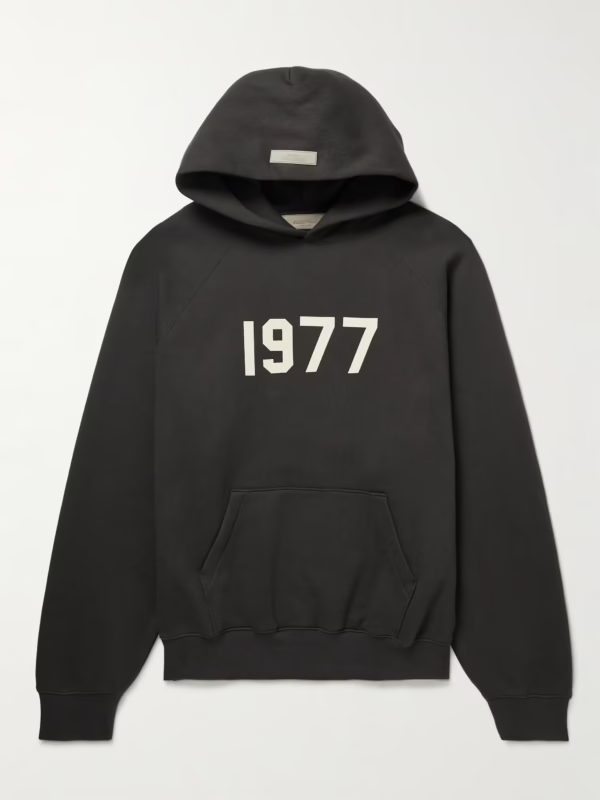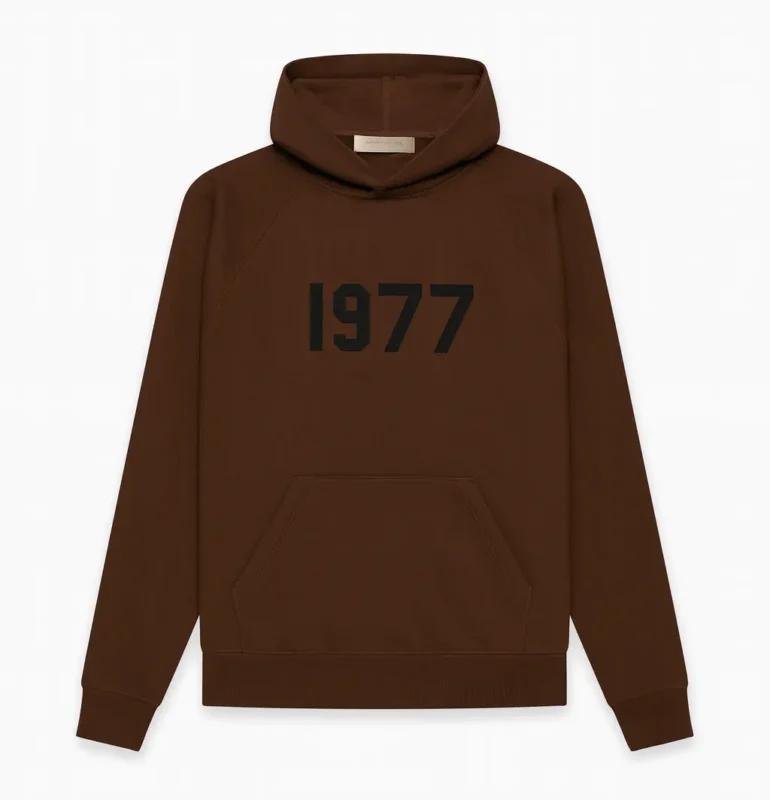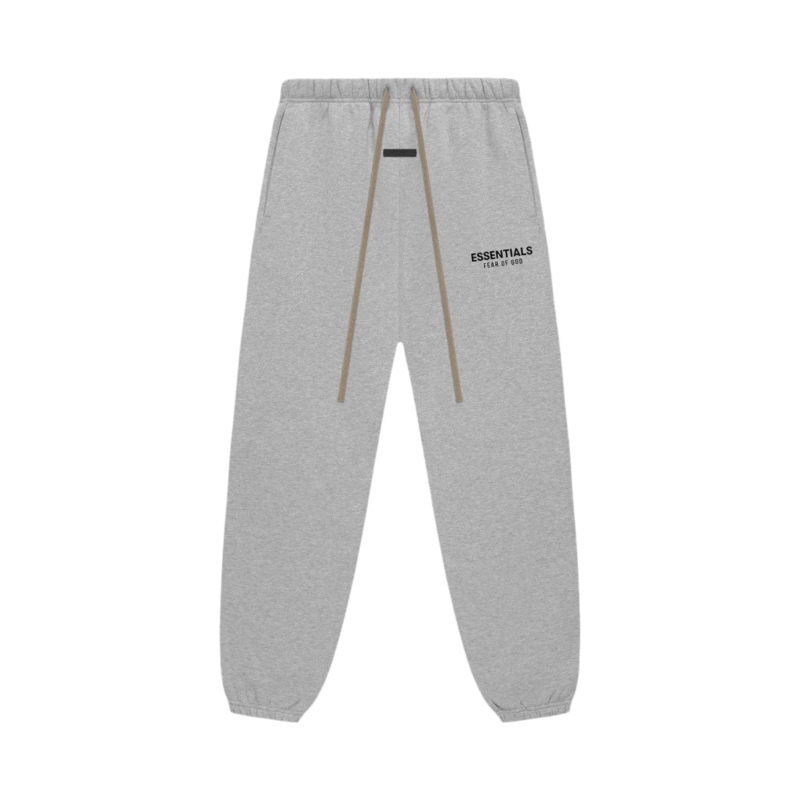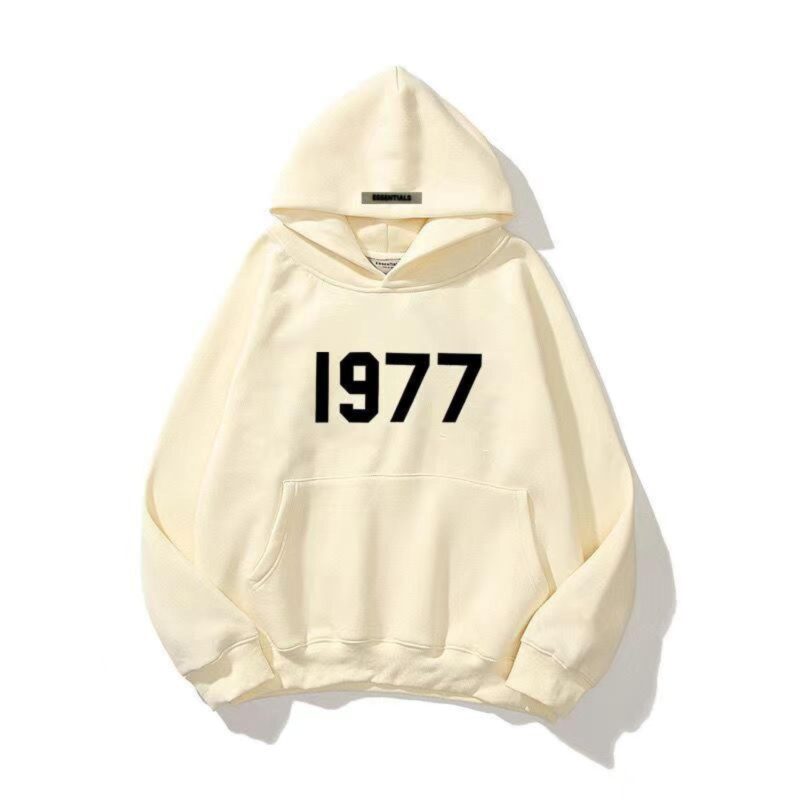In the world of streetwear and elevated casual wear, a few labels manage to capture attention through minimal branding, subtle detail, and strong narratives. Among those, 1977 Essentials is (or aims to be) one such name. Over time, particularly in forums, resale markets, and social media, “1977 Essentials pants” have become a subject of curiosity—some praise, some confusion. This post seeks to clear the air: define what 1977 Essentials pants are (or claim to be), why they attract interest, how to style them, and what pitfalls to watch out for.
What Are 1977 Essentials Pants?
First and foremost: 1977 Essentials is not (so far as public, credible records confirm) a legacy heritage brand from 1977. Rather, it appears as a contemporary label (or label variant) that uses “1977” as a design motif—likely referencing a founding year, a stylistic token, or a branding concept. The “Essentials” portion evokes associations with brands like Fear of God Essentials, though 1977 Essentials is distinct in many listings.
Here’s what is known or claimed about 1977 Essentials pants:
-
Design / Aesthetic
Many of the 1977 Essentials pants are promoted as having a relaxed silhouette, minimal branding (often “1977” subtly placed), neutral or muted tones (beige, charcoal, off‑white, etc.), and materials that balance comfort and utility.
There is also a textured nylon utility pant variant in some lines, blending a functional style with everyday wearability. -
Materials & Construction
Common claims are an 80/20 cotton/poly blend (for sweatpants-type models), or durable nylons for utility styles. Reinforced stitching, real pockets, drawstring waistbands, ribbed cuffs or articulated seams are often part of the feature list. -
Branding / Logo
The branding tends to be understated—“1977” in small embroidery, flocked print, or discreet placement. The idea is that the design speaks more by cut and quality than by loud logos. -
Positioning / Market
The product categories place these pants under “essentials,” “lifestyle,” and “minimalist” lines. Some marketing emphasizes capsule wardrobe compatibility, sustainability, and functional everyday wear.
So, in short: 1977 Essentials pants are meant to be elevated basics—comfortable, minimal, and versatile.
Why They Attract Interest
Why do people talk about 1977 Essentials pants (and search for them)? Several factors contribute:
-
The Minimal / Quiet Luxury Appeal
In contemporary fashion, many consumers look for pieces that don’t scream branding but still have character. 1977 Essentials tries to walk that line: subtle “1977” marking, clean cuts, neutral tones. -
Streetwear / Athleisure Trend
The broader rise of “elevated basics,” streetwear-luxury hybrids, and gender-neutral casual wear has opened room for labels like this. Pants that can double as lounge, errands wear, or even dressed-up casual staples are attractive. -
Mystique & Scarcity
Because 1977 Essentials is not a household name with widespread retail presence, there’s some intrigue. Limited releases or drops (if they happen) may create hype. Also, confusion about brand identity sometimes makes them more mysterious—and hence appealing to collectors and hype audiences. -
Resale & Authenticity Conversations
In forums and resale platforms, there’s often debate about which 1977 Essentials items are real, which are replicas, and what features to look for. That kind of “inside collector culture” talk often draws more eyes to the pieces.
Styling 1977 Essentials Pants
If you get your hands on a pair, how do you style them in a modern wardrobe? Here are some ideas:
1. Monochrome / Tonal Looks
Because these pants often come in neutral tones, pairing with shades in the same family (e.g. beige, cream, taupe) gives a sleek, intentional look. A cream oversized tee, light jacket, and matching sneakers can create that “quiet confidence” vibe.
2. Layered Casual
Use them as a base: pair with an oversized hoodie, bomber jacket, or structured overshirt. The relaxed fit gives room for layering without bulk.
3. Shirt + Sneaker Contrast
To elevate the look, you can match the pants (especially a nylon utility style) with a crisp button‑up shirt tucked in slightly at front, plus a clean pair of white sneakers. This gives a sporty yet put-together outcome.
4. Seasonal Adaptation
-
In warmer months, go with cropped or ankle-length versions (if offered).
-
In colder months, pair with heavier outerwear—parkas, long coats—that contrast with the relaxed pants silhouette.
5. Accessorizing
Minimal jewelry (thin chain, simple ring), a belt bag or crossbody, and low-profile caps or beanies help maintain the understated aesthetic.
Pitfalls, Risks & What to Watch Out For
Because 1977 Essentials is not (yet) an immensely well-documented or globally standardized brand, buyers should be cautious. Below are common issues and tips.
1. Authenticity & Fakes
Many posts in fashion and hype communities warn about replicas and fakes of similar “1977 Essentials” products. For example:
-
Some buyers report off-brand collar tags or misaligned logos.
-
Others mention that logos on the leg are placed incorrectly in fakes.
-
Price too low compared to retail or known authentic items is often a red flag.
So always request clear photos of tags, stitching, wash labels, and confirm seller reputation.
2. Sizing Inconsistency
Because the brand is somewhat niche, sizing standards may vary. Some models may run loose, others tighter. Check dimensions (waist, inseam, rise) before buying rather than relying on size labels.
3. Quality Variability
Even in genuine pieces, fabric quality, stitching, or finishing may vary from batch to batch. Some buyers note that the internal homemade appearance of pieces differs. Exercise care in evaluating seams, stitches, and fabric weight.
4. Return / Warranty Limitations
Brands of this nature might not offer full returns or after‑sales support, especially in international sales. Make sure you know the seller’s policy before purchase.
How to Spot a Real 1977 Essentials Pant
Here’s a practical checklist to help assess authenticity:
| Feature | What to Expect (Genuine) | Common Fake Red Flag |
|---|---|---|
| Brand Tag / Wash Label | Clean, professional sewing; brand and care instructions clearly printed | Off-center, sloppy stitching; fuzzy or incorrect label text |
| Logo / “1977” Mark | Crisp edges, consistent placement (often upper thigh or side) | Blurry edges, misaligned, too high/low compared to known samples |
| Drawstrings / Eyelets | Even, clean; eyelets finished properly | Fraying ends, uneven strings, poor eyelet work |
| Stitching & Seams | Straight, reinforced at stress points | Loose threads, uneven seams, skipped stitches |
| Fabric Feel / Weight | Substantial, not too flimsy, comfortable stretch | Too thin, plasticky, or stiff feel |
| Measurements vs Label | Match what seller states | Discrepancies more than 1–2 cm in key dimensions |
If possible, compare with a confirmed authentic pair (photos or in person). And as a rule: the more “good deal” it is, the more skepticism is warranted.
Where to Buy & Pricing
Because 1977 Essentials is not as widely distributed as mainstream brands, you’ll typically see pairs sold through:
-
Niche streetwear or “independent essentials” web stores
-
Drops or limited release campaigns
-
Resale marketplaces (like StockX, Grailed, or social media resellers)
-
International stores that carry underground or minimal labels
Pricing can vary widely: sometimes moderate if sold directly, sometimes inflated on resale. Always factor shipping, import duties, and any return costs when budgeting.
Final Thoughts
1977 Essentials pants represent a modern attempt to merge minimalism, functionality, and streetwear sensibility into a piece that can shift across contexts. If authentic, they offer a compelling balance: quiet branding, comfortable construction, and versatile styling potential.
However, because the label is still under the radar, buyers must exercise caution—especially on authenticity, quality control, and sizing. Use detailed inspection, request clarity from sellers, and if possible, start with smaller purchases or works from trusted sources before investing heavily.






